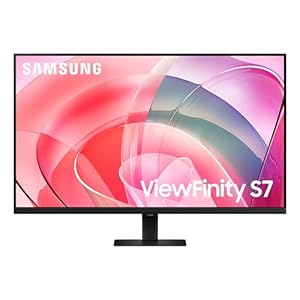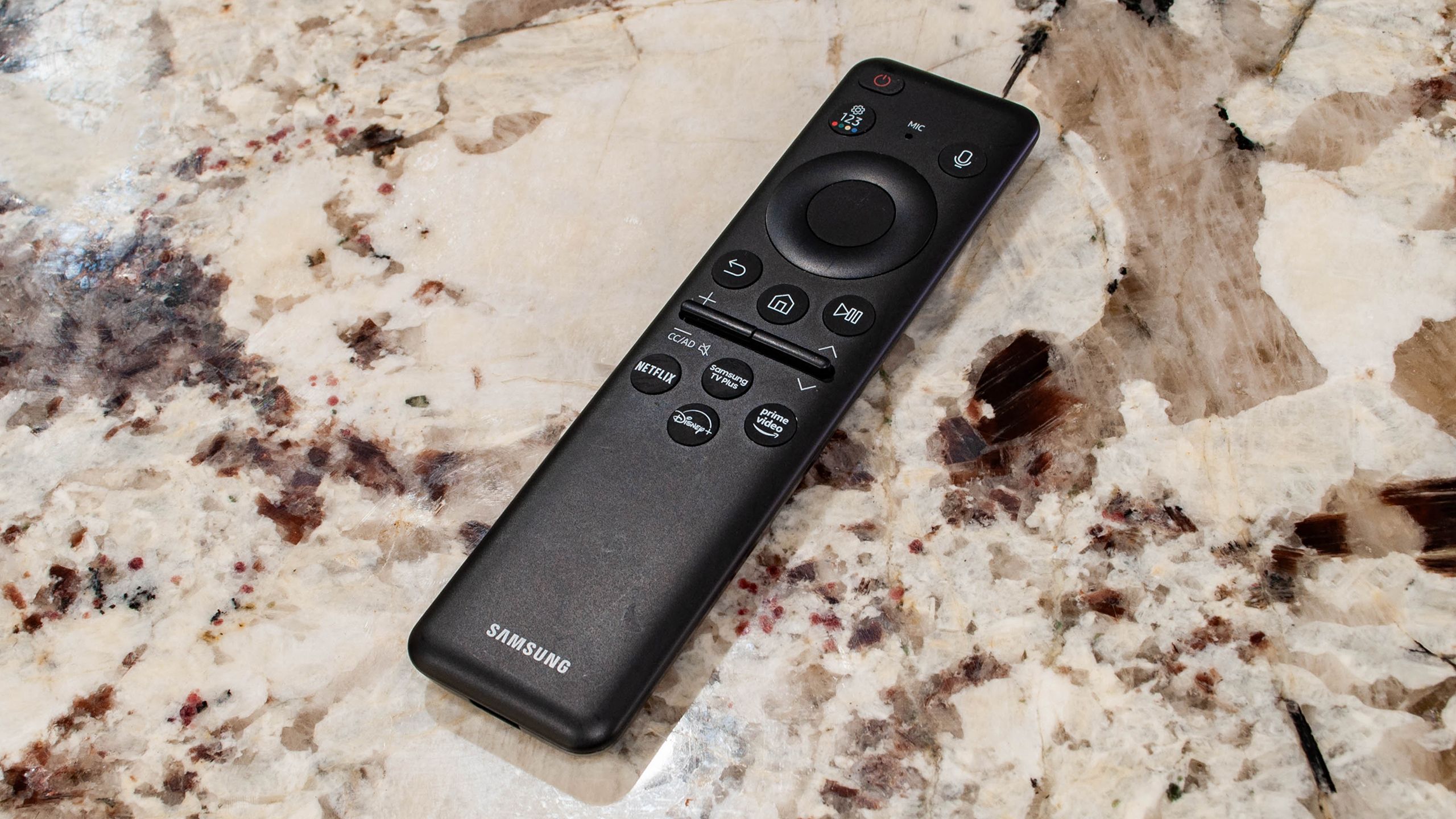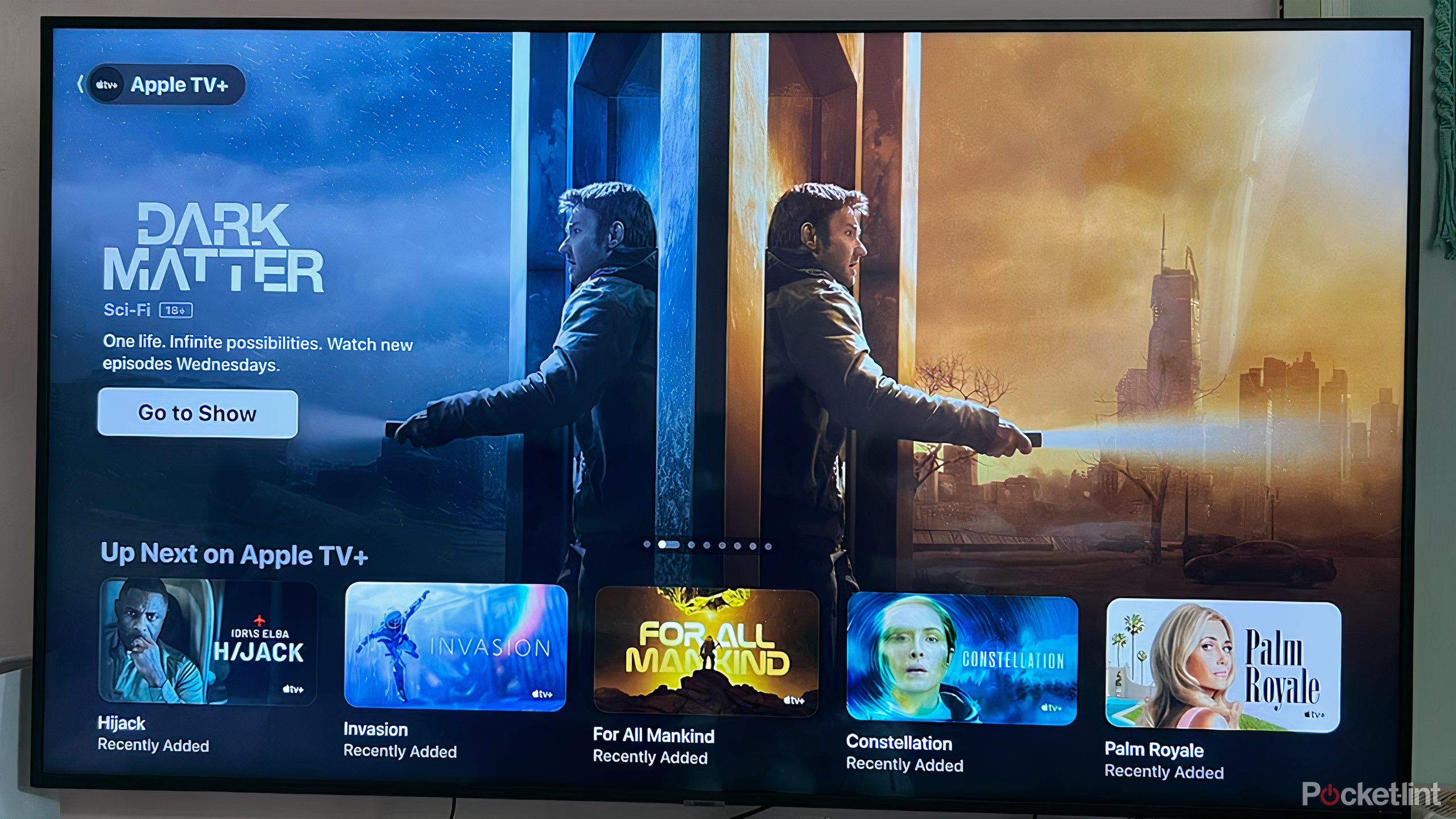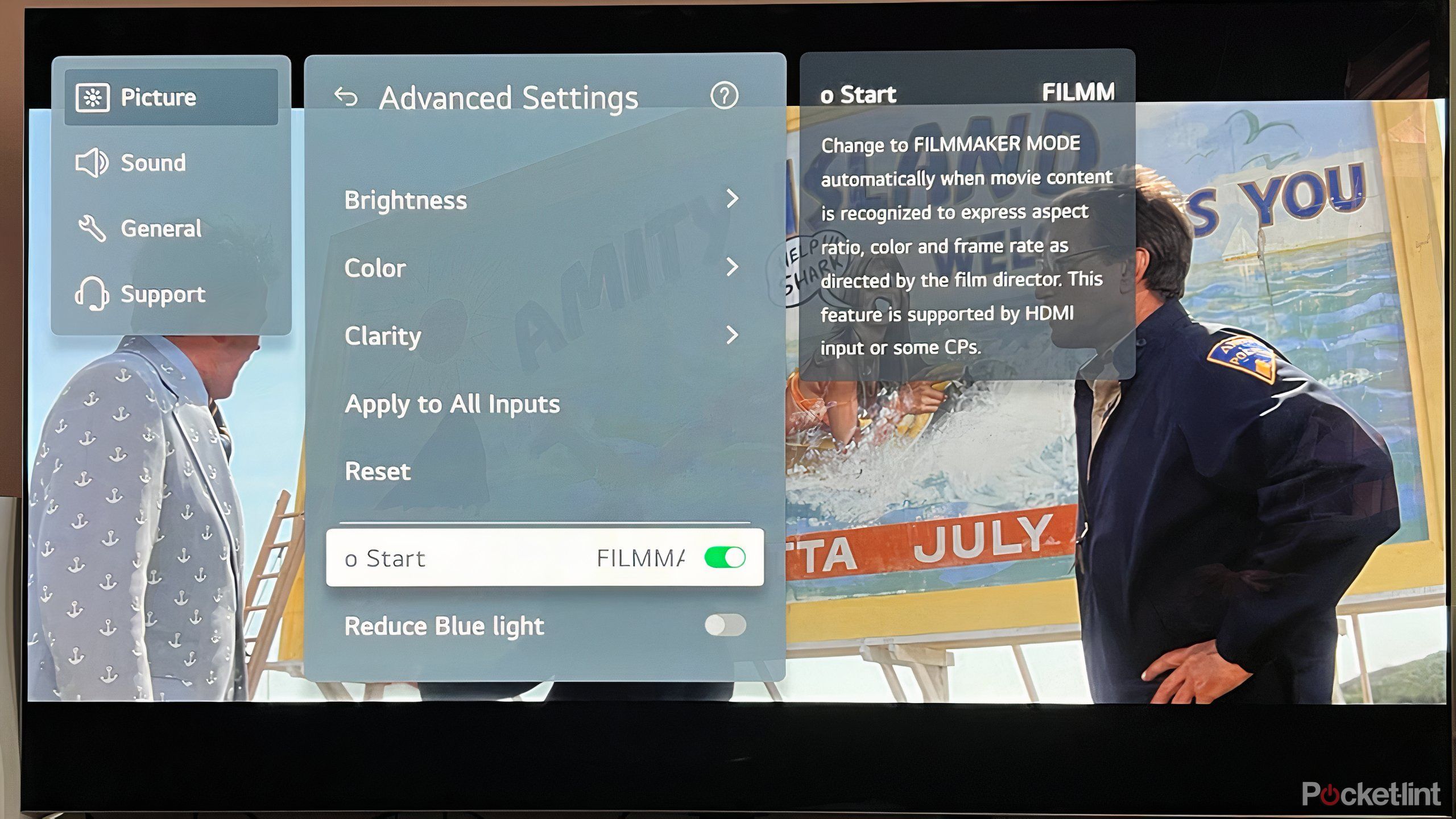Key Takeaways
- Size matters, so get the right TV size for your space.
- Control and navigation are key: Prioritize a comfortable, practical remote, and familiar virtual assistant.
- Aim for newer models to stay up-to-date with tech trends and to maximize your investment.
A lot of internal negotiation goes on when buying a new smart TV . How much money are you willing to spend, and how much are you going to get for it? What are the qualities and features you really need in a TV, and which ones are superfluous?
This sort of back and forth takes place once you have a decent idea of what you want, and you start to see what’s available and just exactly what costs come with. When you see a discount, or take a look at what a large OLED TV really goes for, you may start to reconsider what you once thought was the most important. After all, money, and perceived value, is going to be hugely influential.
Related
Why I’m shopping for smart TV in-person over online
There are some aspects of choosing a smart TV you can only understand and appreciate up close and personal.
It’s important to go into buying a TV with an open mind, but you also need some stable ground from which to operate. There has to be some aspects, features, and qualities of a smart TV that just aren’t up for debate. Here’s my list of smart TV non-negotiables.
1 Size
It matters
From petite 42-inch TVs to massive 100-inch models, TVs come in a range of sizes to suit a variety of needs. But I don’t think those needs are necessarily negotiable — the location of your prospective TV more or less dictates the size you should get.
Despite a large range of TV sizes, there’s really only a handful of viable options for most consumers. A majority of potential buyers are likely to look at 55-inch, 65-inch, or 75-inch TVs for their home if they’re looking for a TV to serve as their main entertainment hub.
There’s going to be a ‘right’ size for your space depending on the size of the room. The wall, the distance from the TV, and the various viewing angles all require a certain scale, and with such a big difference between options, you really don’t have a lot of choice. You shouldn’t change your mind if you see a better deal — a TV that’s too small or too big will just not make for a satisfying entertainment experience.
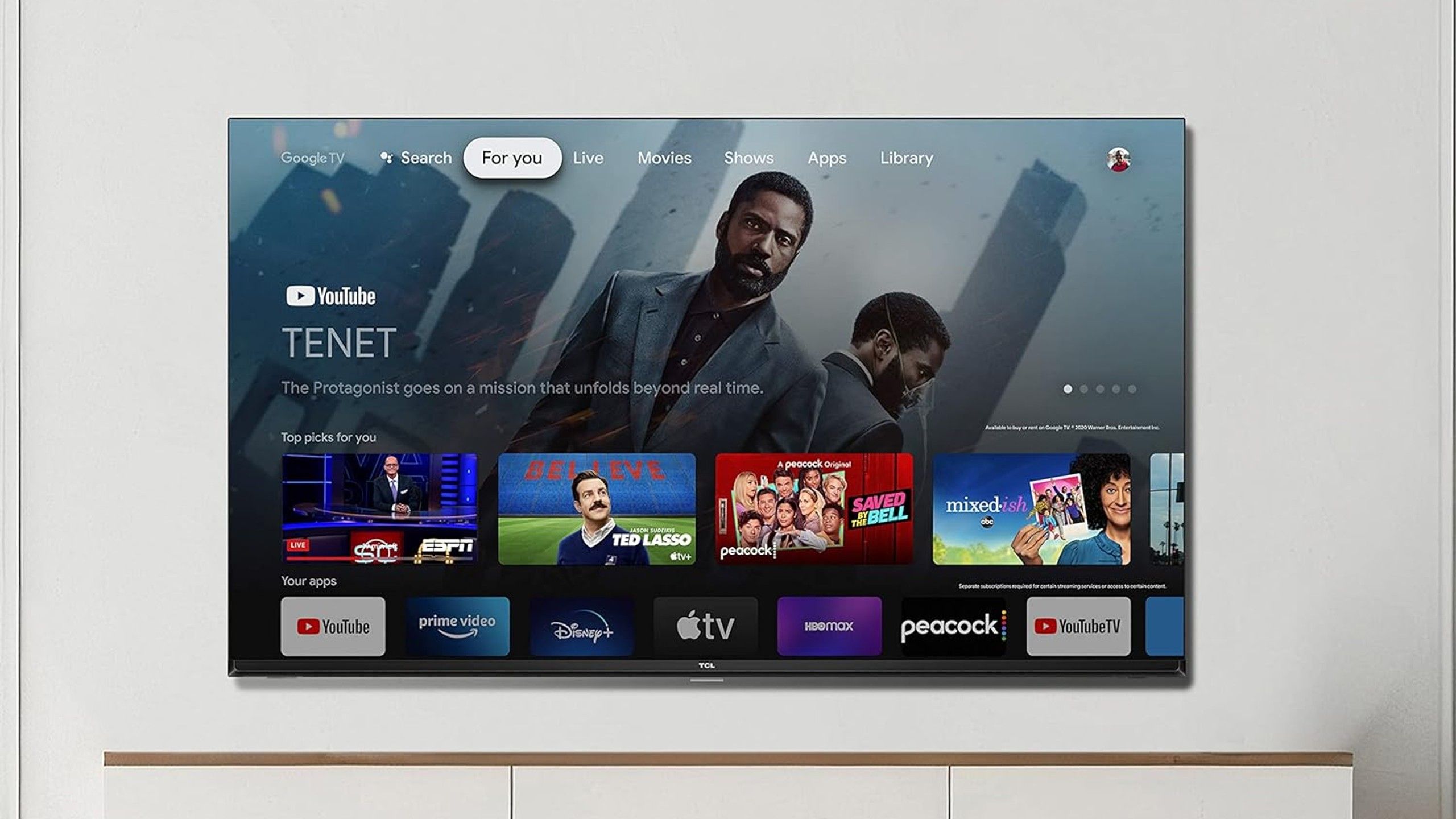
Related
Best 32-inch TV: Small-size streaming specialists
TVs to fit any room from Samsung, Hisense, and TCL.
2 Control and navigation
Comfort getting around is ideal
The ways in which I interact with the TV, move between apps, and find the content I’m looking for are vital. It’s helpful to know all the options, which will include a combination of virtual assistants as well as remote styles. Most new TVs have at least one virtual helper that you can talk to, but you’ll want to make sure that the assistant is integrated with the smart home ecosystem you use more frequently. If you don’t use Android or Google products and services, then maybe Google Assistant isn’t necessarily for you.
While virtual helpers can be useful, particularly as you search for specific titles amid a deluge of content, I suggest taking a strong look at the remote as you’re going to be using it often. Most companies are putting a focus on remotes they offer, with an effort to make them durable, efficient, and somewhat attractive. It makes sense — with so much content available, so many apps to navigate between, and lots of settings to play around with, it’s important that the way you control the TV is practical and comfortable. Consider the layout, the size, the feel, and the convenient buttons that take you directly to a streaming service.
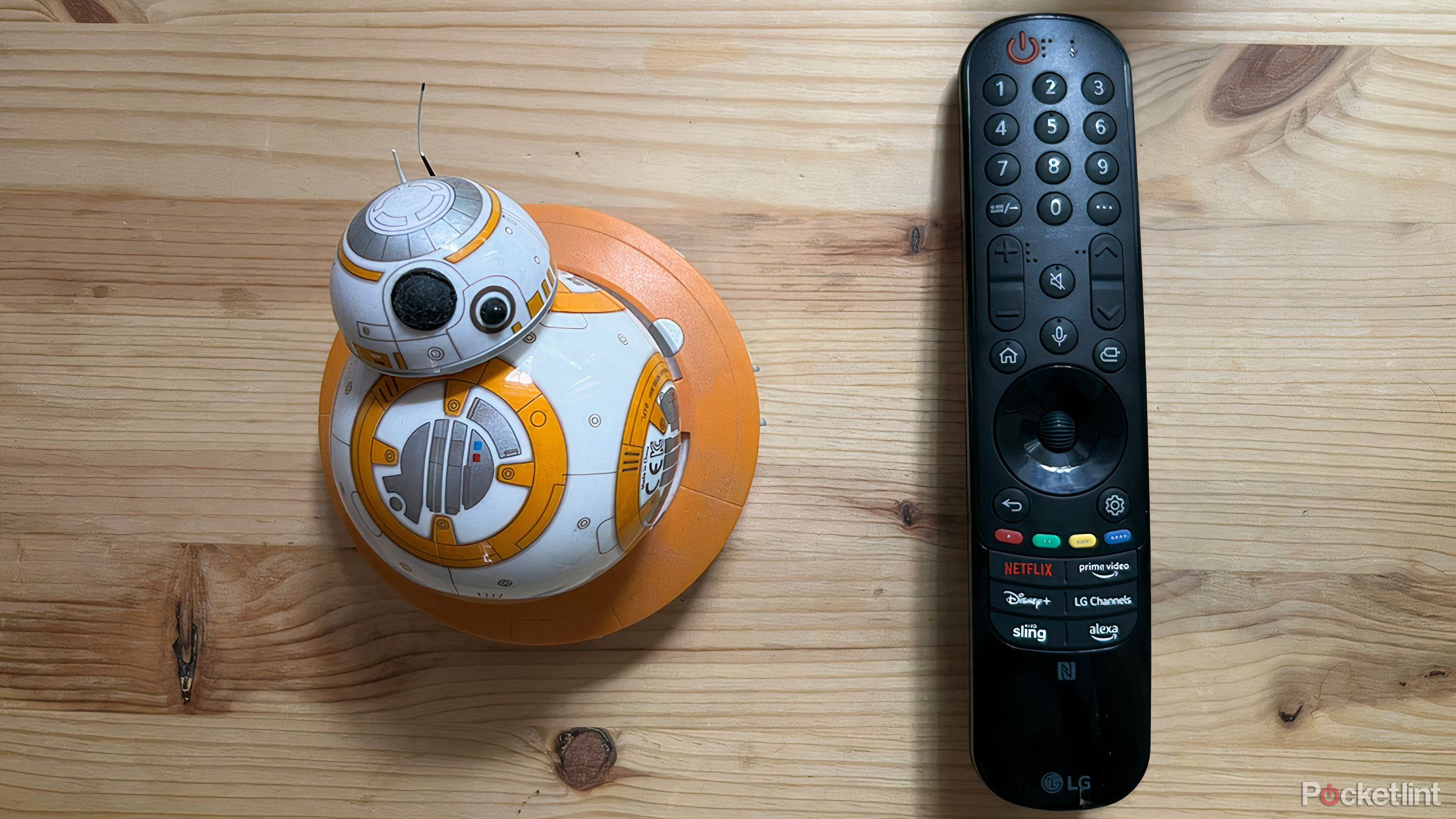
Related
Why LG’s awful Magic Remote is a dealbreaker for me
Despite a helpful voice feature, LG’s Magic Remote makes navigation and control a pain.
3 Make and year
The newer, the better
TV technology is moving at a pretty rapid clip, with new, impressive models coming out each year that continually pushing the envelope when it comes to innovation. Because there are quite a few companies vying for your brand loyalty, it helps to create a market that is constantly looking to improve. So, that means that you won’t really have the latest tech for the longest amount of time, but you also don’t want to lag too far back for too many years.
All of that is to say I don’t think anyone should buy a TV that is more than around 18 months old. It can be hard to figure out exactly which month a TV came out, but you’ll easily be able to determine the year. Most big box stores and large retailers like Amazon will populate their lineup with TVs from the current and previous year, so you might not encounter ones that are too old.
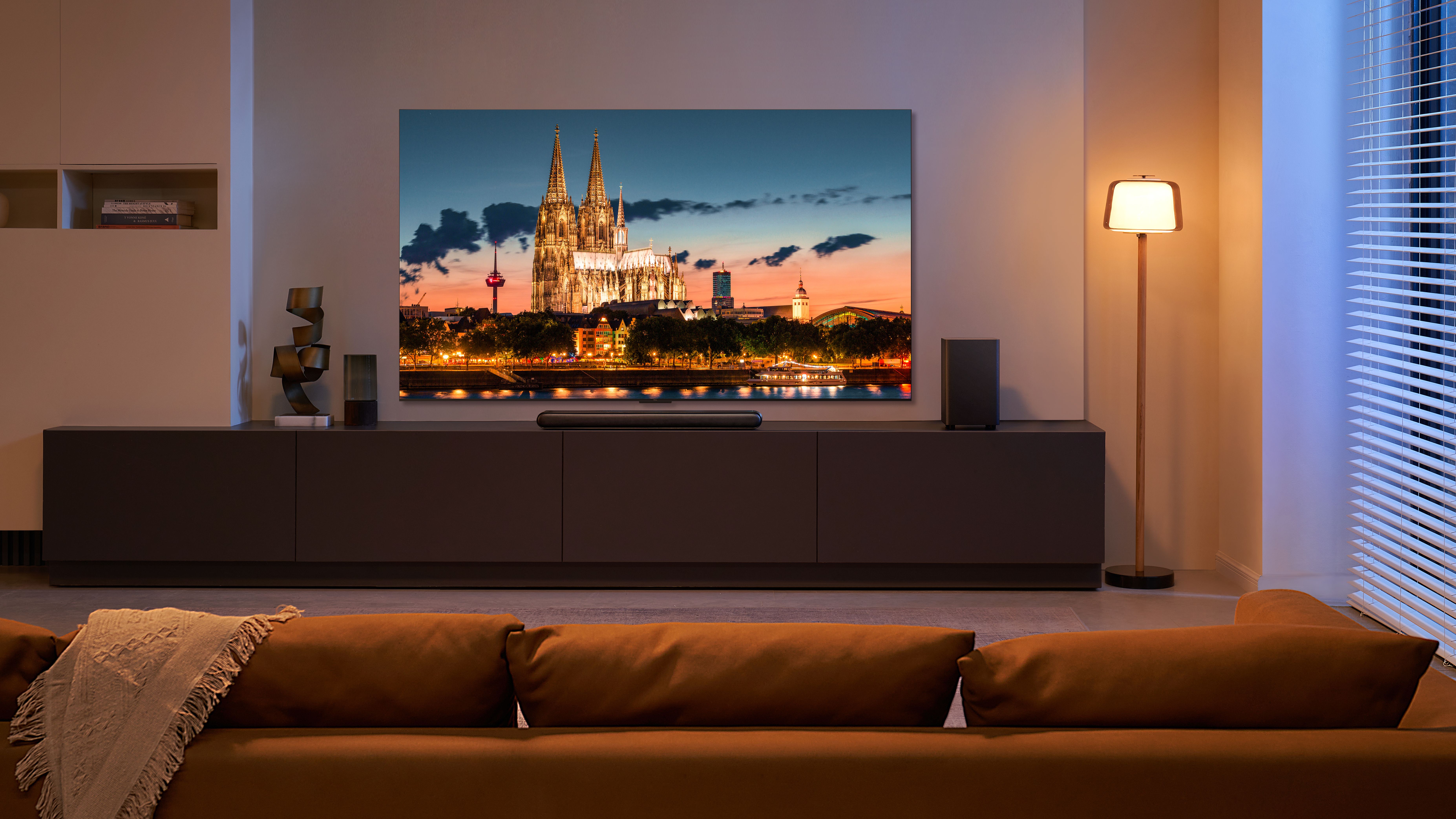
Related
These TVs will give you a cinema-level experience for under $500
Our picks for the best TVs under $500 save you cash without sacrificing quality or features.
Be mindful that a TV that’s more than a year or so old may not be lagging right away, but will start to trend downward more quickly. It could mean replacing your TV in three years rather than the typical four or five. LG’s C3 OLED model from 2023 is a terrific investment right now, in part because the C4 recently came out. But if you’re looking at that come January, then you might not be making the best investment because the 2025 models will be looking to knock every TV down a peg. It’s a tricky proposition — a discounted older TV make has a nice price tag, but the value and longevity likely won’t be there.
4 Filmmaker Mode
Cinematic experience
As someone who enjoys a lot of movies — and tries not to be too snooty about it — I want a TV that can deliver cinematic content that’s as faithful to the artist’s vision as possible. It’s not just about watching high-minded prestige content like Oppenheimer or Killers of the Flower Moon, either. Cinematic fidelity means getting the brightest, most accurate colors while watching Guardians of the Galaxy or simply making sure there’s no added motion or blurring in blockbusters like Mission: Impossible.
That means I need a TV that supports Filmmaker Mode, or something similar. Having used it before, this handy preset automatically turns off a slew of extra processing that you find with many defaults while also maintaining the intended frame rate and aspect ratio. Filmmaker Mode can be toggled to automatically turn on with compatible content, or it can be manually switched on before watching a movie.
Sony TVs do not subscribe to Filmmaker Mode. However, it has invested in various presets that do very similar things. Sony is also actively working on an idealistic project to create dynamic settings that adjust any content to the filmmaker’s vision.
5
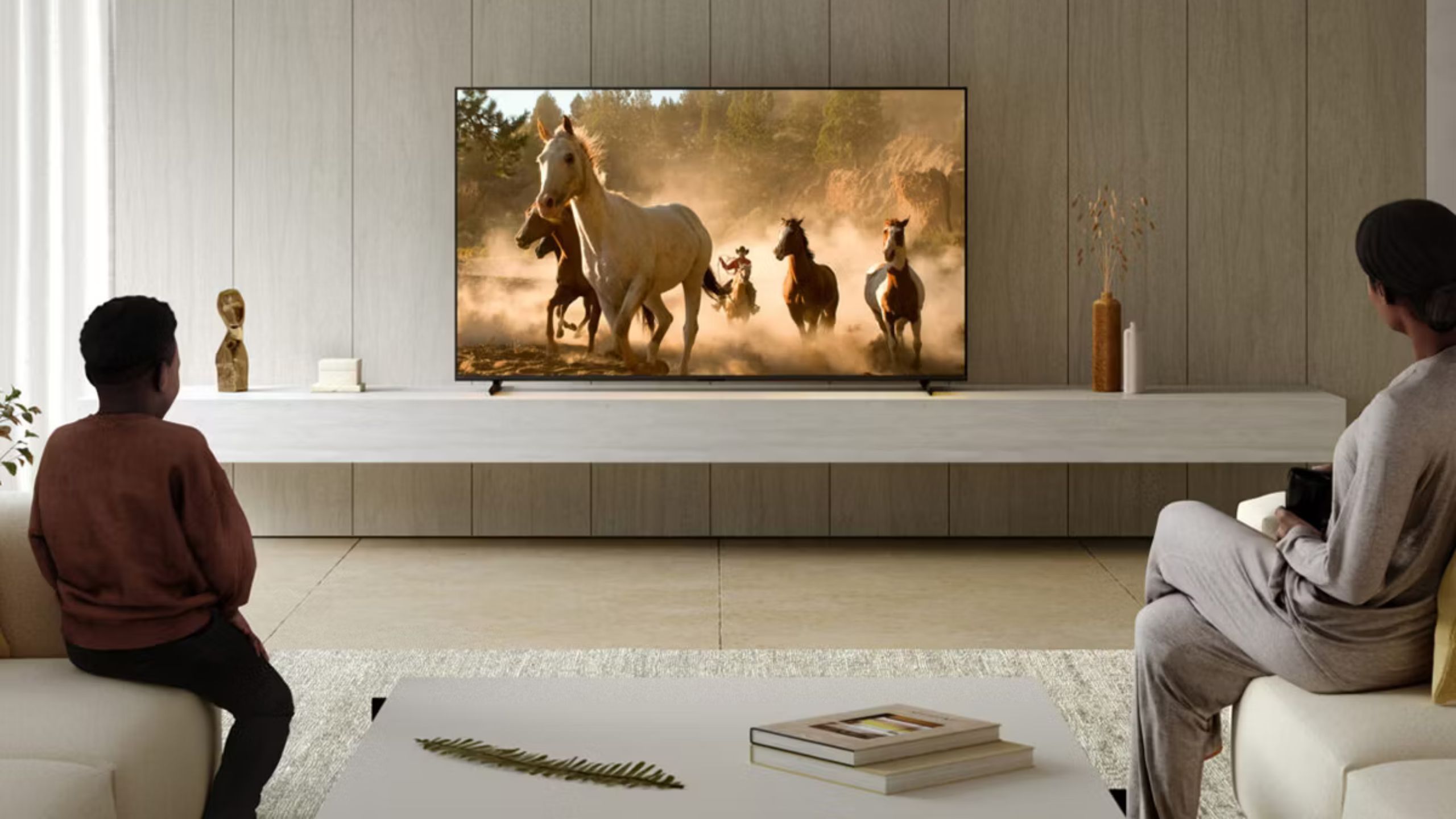
Related
Sony’s next ambitious project is a cinephile’s dream
Sony’s Creator Callibrated intends to work with filmmakers to optimize movies for a more faithful at-home watching experience. And I’m here for it.
6 Refresh rate
Essential for quality viewing
There are quite a few technical aspects that come across as arcane and rightfully feel a bit unnecessary. The exact number of dimming zones, peak brightness, how many quantum dots exist, and just how many color combinations are possible can lead to numbers that are daunting and esoteric for the everyday person. Contrast, brightness, and color accuracy are indeed important, but the specifics can sometimes be less important than the general.
120Hz is increasingly common and important if you’re someone who watches a lot of sports, enjoys action movies, or plays video games.
However, there is one technical aspect that is fairly simple to digest and important to have. And fortunately, most new smart TVs have it. Refresh rate, measured in Hertz, is the number of times a TV generates an image in a second. It makes fast-moving images smoother and more detailed. While some TVs boast a 60Hz refresh rate, 120Hz is increasingly common and important if you’re someone who watches a lot of sports, enjoys action movies, or plays video games.
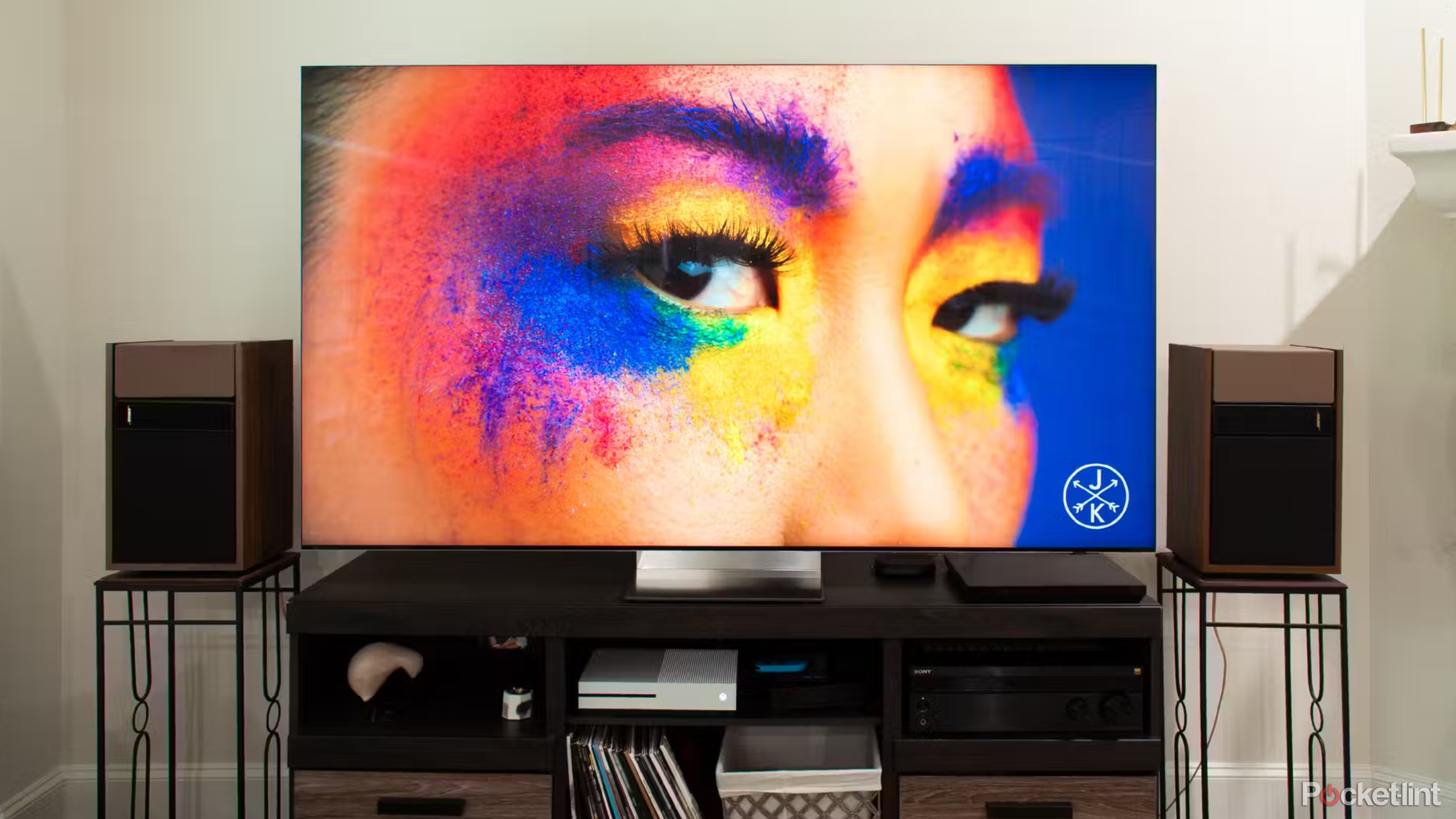
Related
The Texas summer sun is no match for my bright, new Samsung 8K TV
Samsung’s Neo QLED 8K QN900D TV has the eye-searing display I’ve been waiting 12 years to see.
It’s important to note that the native refresh rate effectively maxes out at 120Hz or 144Hz (higher rates just aren’t noticeable). However, a lot of companies will boast about a so-called motion rate (or something similar) with a number in the hundreds. While refresh rate is a hardware component, these motion innovations are software upgrades, and each company has their own. The motion enhancements are fine but can be mostly ignored — make sure you have a native refresh rate of 120Hz.
With so many things to consider when buying a TV, it’s helpful to have some aspects locked down as must-haves in order to narrow down the search. You should be willing to negotiate some features, but these aren’t up for debate for me.
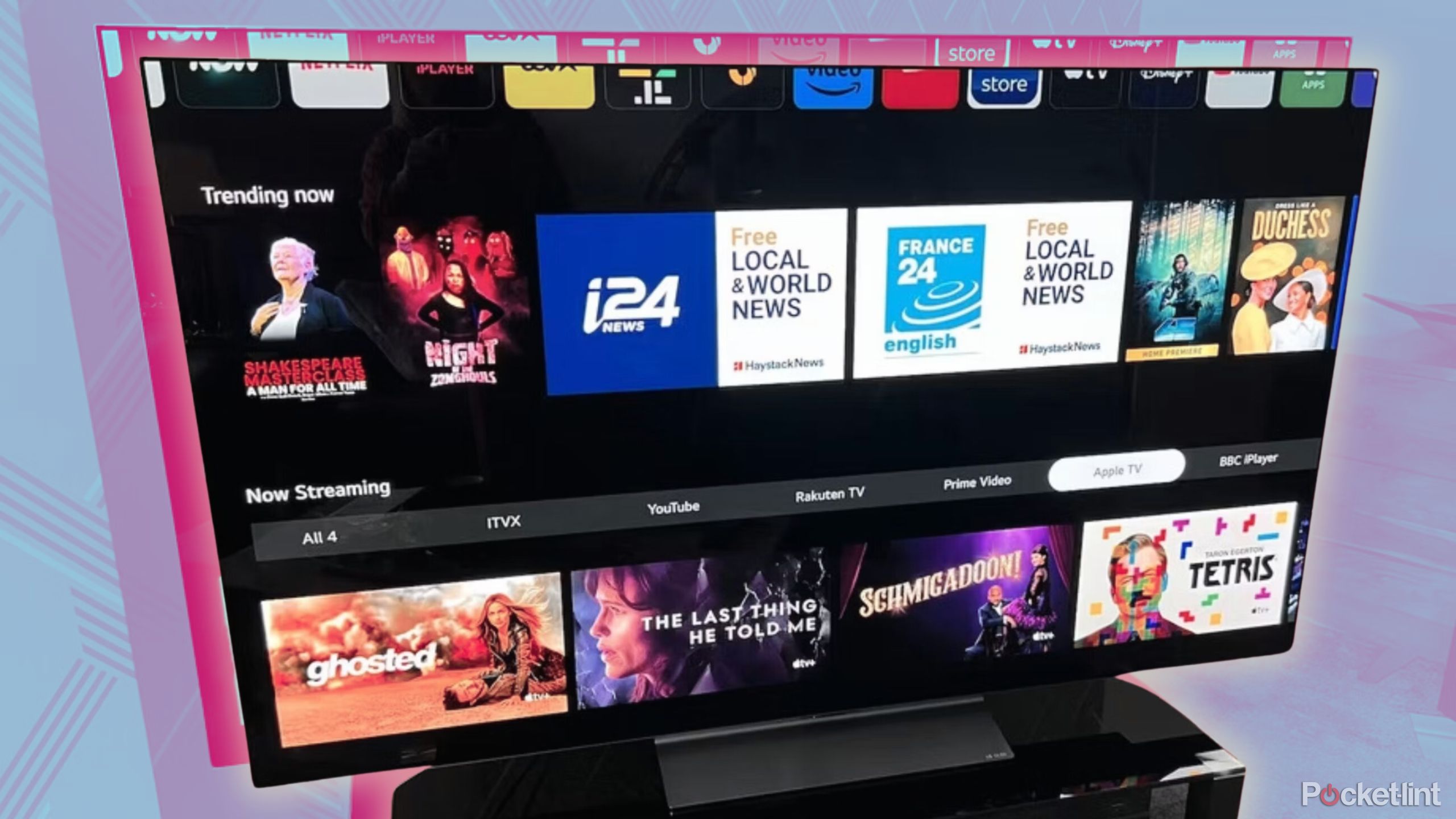
Related
5 reasons why I always choose OLED TVs over QLED TVs
In the battle of screen technologies, OLED is much better suited for my viewing experience.
Trending Products

Samsung 24” FT45 Series FHD 1080p Computer Monit...

ASUS RT-AX88U PRO AX6000 Dual Band WiFi 6 Router, ...

Wireless Keyboard and Mouse Combo, MARVO 2.4G Ergo...

Acer KB272 EBI 27″ IPS Full HD (1920 x 1080)...
